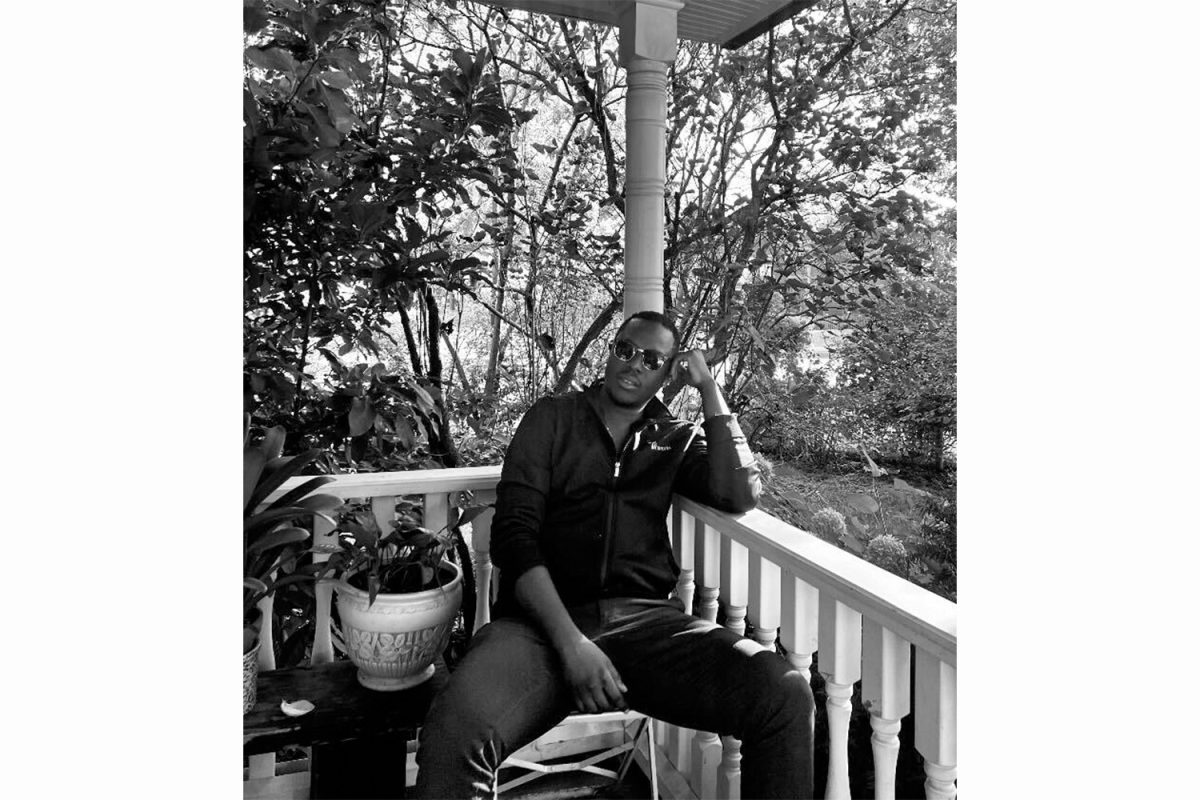Justice = punching some dude in the back of the head and his eyeballs pop out.
Well, maybe not. But that’s how kung-fu artist Shinichi “Sonny” Chiba takes care of business.
This weekend, Chiba aims to kick people in the face during a kung-fu film festival at the Bijou with showings of The Street Fighter on Friday and the sequel, Return of the Street Fighter on Saturday. Both films start at 9 p.m. with free admission.
“The Street Fighter and Return of the Street Fighter are kickass — that’s the only way to say it,” Bijou programming director Zane Umsted said. “There are movies such as Saw and stuff that are just grotesque, but watching the Sonny Chiba movies — they are still violent, there’s tons of blood — but because it’s such an exploitation and so over the top, it’s usually more laughable.”
The films follow the story of martial-arts master Terry Tsurugi (Chiba) as he is doubled-crossed by the Yakuza — a Japanese gang, then takes his revenge and rids the streets of members one at a time. Known for crazy and absurd brutality, The Street Fighter was the first film to be rated X for violence when first released in 1974. However, Bijou Board of Directors member John Runde argues The Street Fighter, in terms of violence, wasn’t that far off from other kung-fu films of that era.
“When you think kung fu, especially in Japan, think [Quentin] Tarantino-like blood splatter — except Tarantino borrows, not the other way around,” Runde said. “Remember the blood spraying out of sliced appendages in Kill Bill? This was a common trait in [kung-fu] films from the era.”
Violence aside, the effects of martial-arts cinema on American cinema is hardly marginal. Luke Stadel, an master’s student in film studies, pointed out the cultural influence.
“Hong Kong cinema of the 1970s and early 1980s represents the only instance, following the consolidation of the American film industry in the 2000s, in which a mainstream foreign cinema achieved a substantial level of exhibition in American theaters,” Stadel wrote in an e-mail.
“Naturally, this trend was endogenized by [the] American film industry, so in the mid-1980s, you see the rise of the martial-arts-centered action film.”
Stadel notes the careers of Chuck Norris and Jean-Claude Van Damme as examples of this expansion and also points to popular trends such as mixed martial arts and the Ultimate Fighting Championship as owing credit to these types of films.
“Hand-to-hand combat remains a staple of the American action film today,” he wrote. “Although the popularity of given styles waxes and wanes, these differences are minute when compared with the brawling style of action films from the 1950s and earlier.”
The martial-arts film genre might be a different experience for someone used to watching modern American violent films. Instead of experiencing a gag reflex as people slices off a foot like in Saw, they might be laughing at the absurdity of one man defeating 15 others in a fight.
“… A higher tolerance for graphic violence is something that has linked American and Hong Kong cinemas of the contemporary era,” Stradel wrote. “Certainly, the trend in American cinema has been toward increased levels of ‘realism’ or graphic display, while Hong Kong cinema has always exerted a pressure toward the baroque or highly stylized on American cinema.”
With the Manhattan Film Festival not starting until Sept. 20 Umsted said the Bijou needed something to fill the Friday-Saturday gap.
“We scoured the public domain and kung-fu movies are just awesome,” he said. “Quentin Tarantino is a big Sonny Chiba fan, which is another reason I thought there would be a good audience for it. Plus, we can let people in for free.”






